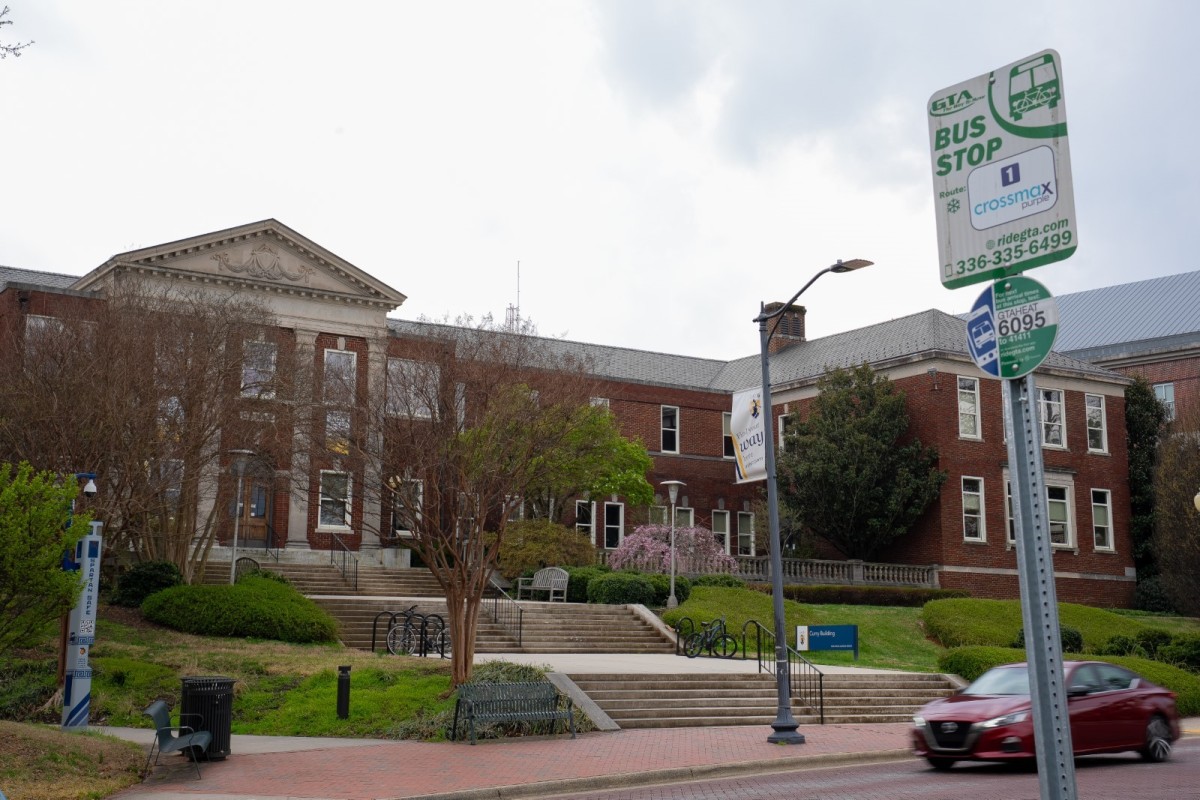Megan Guzman, Opinions Editor
PC: Sergio Guerra
I recently came back from a trip to Boston, MA after attending a conference. Flying into Boston Logan Airport, my partner and I took an airport shuttle to the subway station, where we rode two trains to arrive at our Airbnb. For the entire weekend, we did not drive a car once, taking the train or walking everywhere we needed to go. After living in Greensboro for two years, this stark difference illuminated how much Greensboro’s public transportation system is lacking.
I am lucky to live in downtown Greensboro, within walking distance of most of the downtown Greensboro restaurants and coffee shops. However, like many students at UNCG, I drive and park at the university. This is because the Greensboro bus system is consistently unreliable and many buses end service after 7:30 p.m., which is before many graduate level classes end. Additionally, Greensboro’s infrastructure favors cars, with many sidewalks overgrown and impassable, located next to busy roads. Greensboro’s walkability score is significantly lower than other cities, particularly those in the northeast with better pedestrian and public infrastructure.
The benefits of better pedestrian infrastructure and more expansive public transportation are paramount. Walkable, bikeable cities benefit the environment by lessening the amount of driving residents have to do to get to their destinations. Car exhaust is the leading cause of climate change and better public transportation lessens each individual rider’s carbon footprint . The environmental benefits of walkable cities and increased public transportation are undeniable.
Additionally, walkable […]
Continue reading the original article at: carolinianuncg.com

